Embodme Erae 2: The Ultimate Controller – Now with a 16% Discount & Review
Between Studio Tool and Performance Instrument
You can now save money on the Embodme Erae 2 controller during Thomann Cyberweek, and put your savings toward other instruments, software, or accessories. If you’re unfamiliar with this piece of hardware, you should read my review here.
The Most Important Features at a Glance
- A pressure-, position- and motion-sensitive playing surface with over 16,000 Force Multi-Touch sensors
- USB-C device/host, MIDI in/out and 24 CV/gate/trigger outputs (12 dual jacks)
- Integrated 8-track looper, MPE support, arpeggiator and scale functions
- Customisable layouts for keys, pads, faders, XY fields or drums using Erae Lab software
- High-quality workmanship with interchangeable surfaces (Fabric Skin or Drum Skin)
- Ideal for producers, live performers and modular users with complex hybrid setups
All About Embodme Erae 2
Black Friday offer!
From now until December 1, 2025, you can get the Embodme Erae 2 controller here at Thomann* for a special price of $773.00 / £715.00 / 799.00€ with a 16% discount.

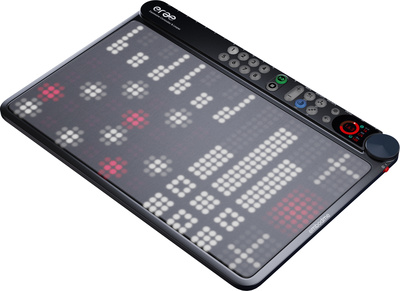
Review: The Ultimate Controller – Offering More of an Instrument Than a Tool?
[31 October 2025] There are controllers, and then there are instruments. The Erae 2 from Embodme tries to be both. Anyone familiar with MIDI keyboards, pad controllers and modular hardware will quickly realise that this device does not fall into any classic category. It is a multi-touch interface with 16,000 sensors, CV outputs, its own looper and powerful software. The goal is clear: to enable greater expression, control and physical proximity to the music. It’s a tool that feels like an inspiring instrument rather than a piece of technology. But can it deliver in the studio and during live performances? I put it through its paces in my studio!
Design and Workmanship: Quality Meets a Spirit of Experimentation
Even when unpacking it, the Erae 2 conveys a sense of precision. The brushed aluminium housing sits flush on the table and appears to be made from a single piece. Weighing around 2.5 kilograms and measuring 40 × 28 cm, it is not exactly portable, but it is sturdy and durable. The display is clear, bright and responsive. The control buttons and rotary encoder also feel solid; there are no flimsy parts or gimmicks.
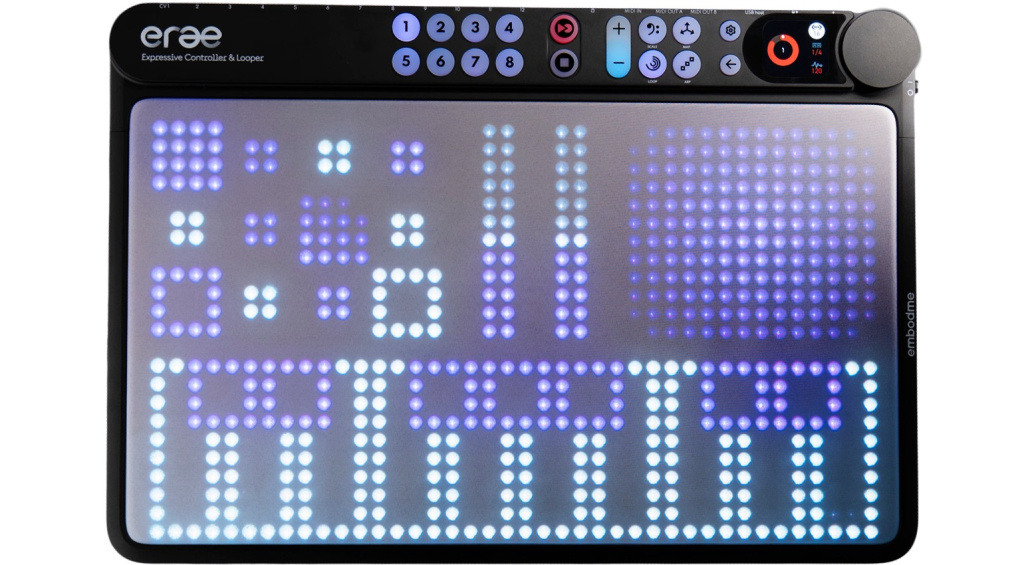
The playing surface itself is, of course, the device’s standout feature. Embodme uses a flexible surface containing 16,000 individual force sensors that respond to pressure, movement, direction and speed. This means that every gesture, every stroke and every movement of the fingers produces not only a sound, but also a dynamic. In practice, this makes the device feel very lively and organic, like an instrument that responds to the musician. Compared to the first version, the surface is grippier and more sensitive, which is particularly noticeable when playing with your fingers or percussive elements.
Connections Form the Bridge Between Digital and Analogue
One of the biggest differences from other controllers is the variety of connections available. The Erae 2 has 24 CV/Gate/Trigger outputs, which are distributed across twelve TRS jacks. This enables you to control a complete modular system without requiring additional interfaces. This makes the controller particularly appealing for those who run a hybrid studio or live set – that is to say, those who combine software and hardware.
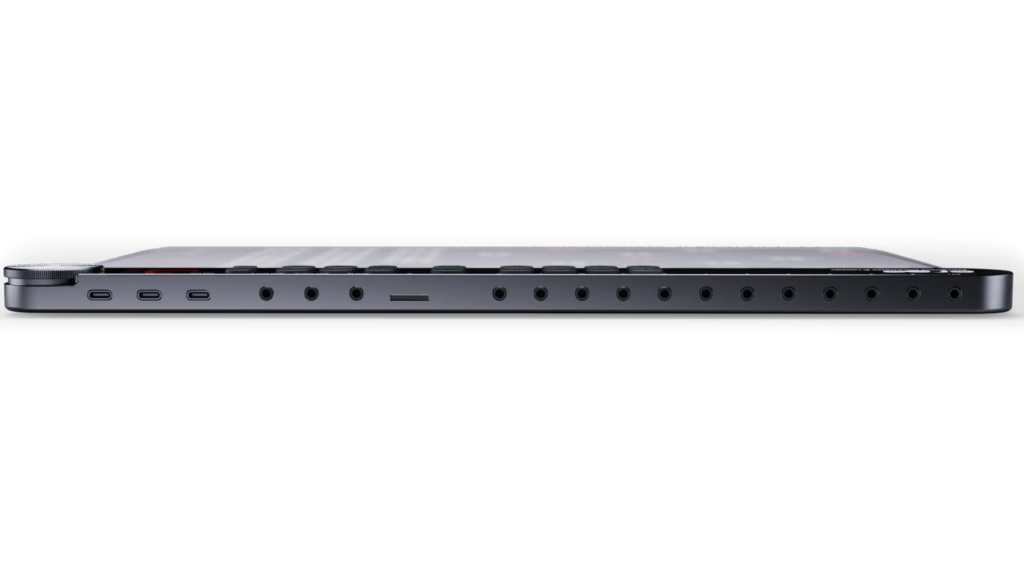
There is also one MIDI in and two MIDI outs (TRS), a USB-C port and an SD card slot, as well as the obligatory power supply connection. The Erae 2 can be connected directly to a computer or modern groovebox via the USB host port. According to the manufacturer, latency is extremely low at less than one millisecond. You will notice this immediately: movements are implemented without delay, and even complex MPE data runs smoothly. In my studio, the Erae 2 can therefore become the central hub, replacing several devices that would otherwise handle MIDI, CV and loopers separately.
When a Controller Suddenly Breathes Life Into Your Home Studio
The Erae Lab software allows you to fully customise the controller. Each field and zone can be freely assigned. Pads, buttons, faders, XY surfaces, triggers, note rows and sequencer zones can be combined as desired. The user interface is reminiscent of a modular construction system and immediately shows what is happening on the device.
Layouts can be saved, loaded and stored in eight memory banks. Once set up, you can switch between completely different scenarios, such as an 8×8 drum grid, a multi-track mixer, or an expressive MPE keyboard with slide and pressure zones. While this is impressive, it is also complex and can certainly be overwhelming.
Patience is required, especially at the beginning. However, as you work your way through the possibilities, you will discover new functions, gestures and dependencies. Once the setup is in place, however, Erae 2 feels incredibly flexible. In combination with synths such as Pigments, Super 6, or hardware classics such as the OB-6, you can see how precisely parameters can be controlled via pressure and movement.
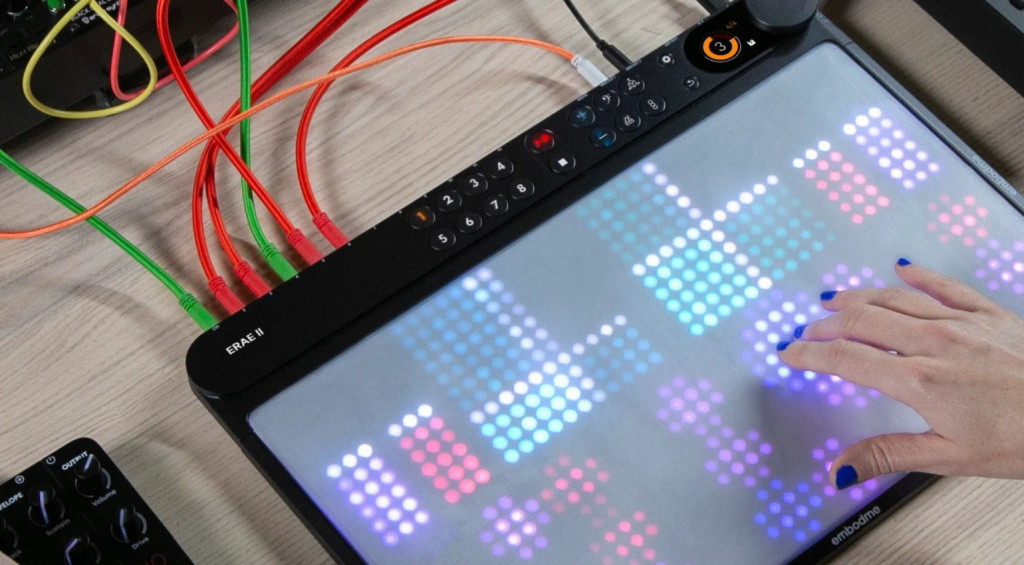
The Playing Experience Lies Somewhere Between Technology and Emotion
It is the surface of Erae 2 that makes it special. Rather than hard pads or rigid keys, it has a gently springy surface that processes touch, movement and pressure simultaneously. Every touch creates a feeling of control and expression. The full range unfolds especially with MPE-capable sound generators: pitch bends with finger movement, vibrato with light pressure and filter sweeps with lateral sliding – everything is intuitive and fluid.
The most popular surface is the included Fabric Skin because it provides a natural, velvety feel. Alternatively, the optional ‘Drum Skin’ is much harder and transmits beats better, making it ideal for drummers or performers who use sticks. While the concept of the controller is somewhat reminiscent of the ROLI Seaboard or the LinnStrument, it has its own aesthetic. The Erae 2 does not look futuristic and aloof, but rather functional and handmade. I am becoming more and more of a fan of the controller with every passing second.
Performance and Practice: What Erae 2 Can do Live
The Erae 2 really comes into its own on stage during live performances. The integrated 8-track looper allows you to record and layer gestures, drums or melodies in real time. These loops can then be output as CV or MIDI signals. This means that if you use modular systems or drum computers, you can directly modulate and remix rhythmic structures. Awesome!
Switching between layouts is quick and easy, and thanks to the backlighting, everything remains visible even on dark stages. When used with Ableton Live or Bitwig Studio, the result is an intuitive workflow: one layout for clip launching, one for parameter control and one for expressive synthesiser lines – all without the need for additional hardware. Perfect!
Here, the Erae 2 really feels like a new instrument, not just a controller. It responds dynamically and inspires you to shape music with your fingers instead of a mouse. You should definitely try it out!
Areas Where Embode Can Improve
As impressive as Erae 2 is, it’s not without its weaknesses. Some users have reported minor firmware bugs, for example with CV routing or when connecting certain USB devices. Depending on the computer system, creating complex layouts can also be slow.
Another issue is the surface itself. While the fabric skin feels great, it does show up dust and fingerprints. For use in clubs or at festivals, the more robust drum version is therefore recommended. At just under $1,000, the price is also not insignificant. The Erae 2 is a real investment. However, if you use it properly, it offers far more than just basic control.
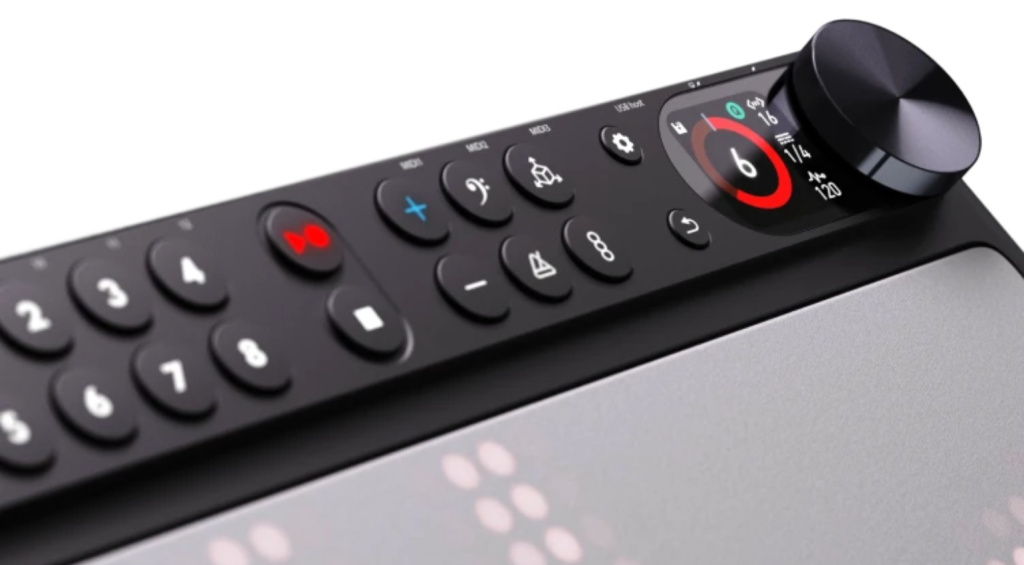
Studio Use: Creativity Without Limits
The Erae 2’s versatility is evident in everyday studio use. Rather than switching between a keyboard, pad controller and modulation fader, this device performs all these functions simultaneously. The ability to control parameters via pressure, movement and slide gestures transforms the way sounds are shaped. Synth lines sound livelier, filter sweeps sound more natural, and automations feel more organic than programmed.
This is particularly exciting for sound designers and film composers who work with emotion. A slight vibrato created by a finger movement has a more immediate effect than any LFO. The Erae 2 can also be configured for mixing tasks. Fader layouts with eight channels, panning X/Y zones or effect controls via gestures are possible. This saves space and time because everything is done on one interface.
My Opinion: What the Erae 2 Means to Me as an Electronic Musician
As someone who produces and performs electronic music live, I see the Erae 2 as a creative tool that sits perfectly between the studio and the stage. It is ideal for complex techno or ambient setups, modular performances or expressive synth lines. The ability to translate gestures into sound creates an emotional connection to the music that few other controllers offer.
However, the Erae 2 is not for the impatient. Anyone expecting to simply plug it in and start using it like a Push or Launchpad will be disappointed. The device wants to be understood. You have to engage with its structure. Only then will it reveal its potential. Once you’ve reached that point, though, you’ll have created something that feels like a real instrument. That’s the difference between technology and music.
FAQ Embodme Erae 2
How does the Erae 2’s surface control work?
Its playing surface responds to pressure, movement, and direction via 16,000 sensors, enabling intuitive control of gestures, slides, and vibrato.
What connections does the Erae 2 offer for hybrid setups?
It provides 24 CV/Gate/Trigger outputs on twelve TRS jacks, a USB-C device/host port, MIDI in/out ports, and an SD card slot. This makes it ideal for hybrid software and modular setups.
What can you do with the Erae Lab software?
It allows you to create your own layouts with pads, faders, X/Y surfaces, and sequencer zones; load bank presets; and switch between scenarios.
Is the Erae 2 more suitable for beginners or experienced musicians?
It is primarily aimed at experienced producers and performers willing to learn about layout, routing, and gesture control. Beginners will first need to familiarize themselves with the subject matter.
The Erae 2 from Embodme combines a high-resolution multi-touch surface, extensive connectivity, and configurable layout software to create a hybrid controller instrument. With CV/Gate/USB/MIDI and freely assignable zones, it provides control over classic and modular-based setups. This combination makes it ideal for studio and live performance environments.
Conclusion: A Controller for the Future?
The Erae 2 is a bold statement in an era when many controllers seem interchangeable. Embodme combines technology, design and musicality. The device offers not only control, but also expression because it responds to the player’s energy. For producers, performers and sound explorers, this is a game changer.
Admittedly, the price is quite high, the learning curve is noticeable, and the firmware is not yet perfect according to some users. However, this doesn’t change the fact that the Erae 2 is an extraordinary tool – a piece of hardware that inspires, surprises and challenges. If you want to play music rather than just program it, you should definitely check out this controller. It’s rare to find a device that offers so much potential without getting lost in effects.
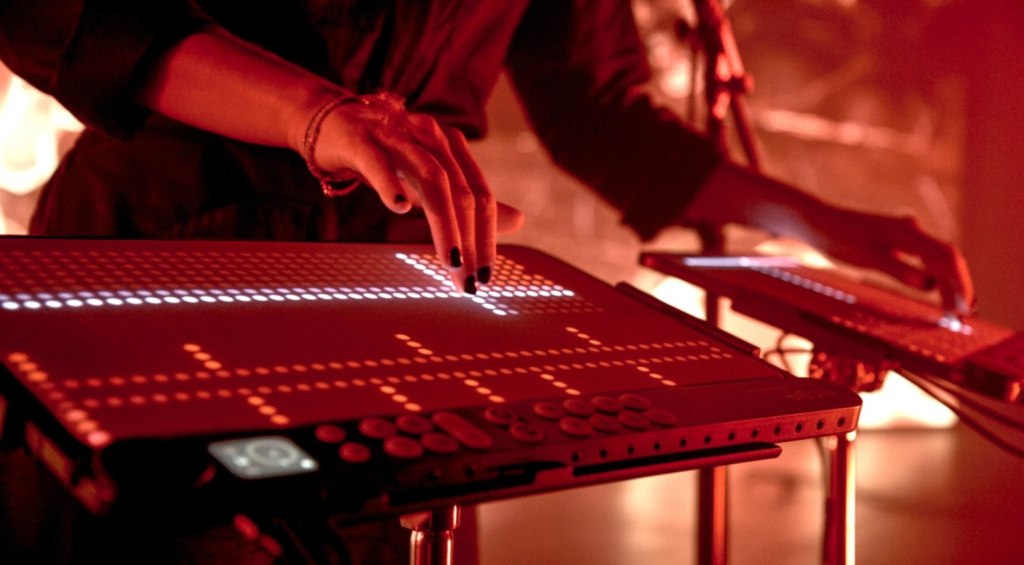
Prices and Specifications
The Embodme Erae 2 is available here at Thomann* for $925.00 / £839.00 / 949.00€. The drum skin costs an additional $56.00 / £51.00 / 58.00€ here at Thomann*.



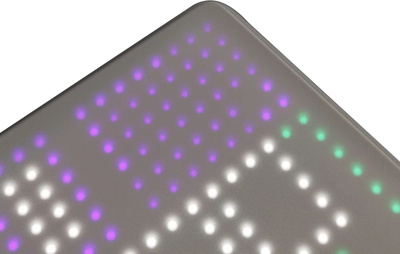

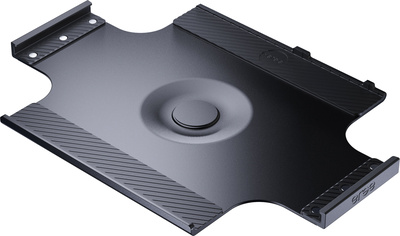

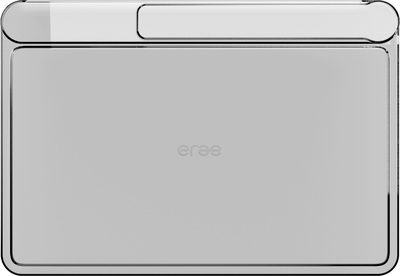
The price includes the hardware (W x D x H: 402 x 277 x 20 mm / 2.5 kg), fabric skin, an 8 GB SD card, two 2 m USB-C cables, two MIDI TRS to DIN adapters and a 65 W USB-C power supply.
Pros and Cons of the Embodme Erae 2
Pros
- Extremely precise, responsive playing surface with natural pressure response
- Extensive CV/Gate/Trigger outputs for modular setups
- Freely configurable layouts and powerful software integration
- High-quality workmanship and interchangeable skins for different playing styles
- Inspiring playing feel with true MPE depth
- Integrated looper, arpeggiator and polyphonic aftertouch
- Perfect for live performers
Cons
- Price and certain entry barriers
- Complex setup; not ideal for beginners or those looking for a quick start
- The surface is sensitive to dust and dirt
More Information About Embodme and the Erae 2 Controller
*Note: This Embodme Erae 2 review contains affiliate links that help us to develop our website. The purchase price and final price always remain the same! If you buy something through these links, we receive a small ‘donation’ and thank you for your support!
3 responses to “Embodme Erae 2: The Ultimate Controller – Now with a 16% Discount & Review”
 4,2 / 5,0 |
4,2 / 5,0 | 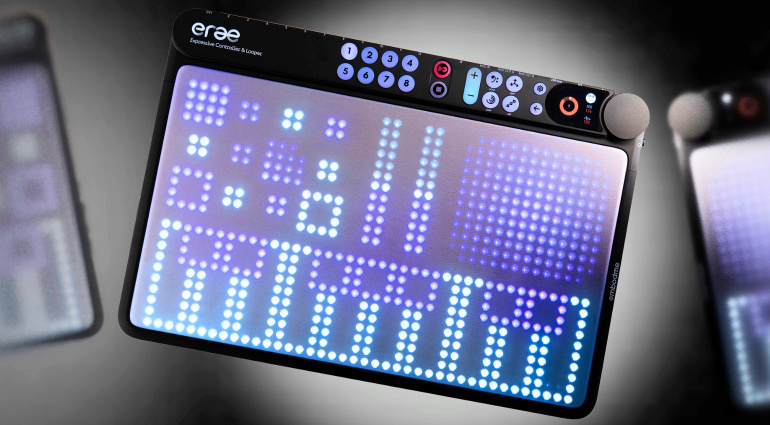


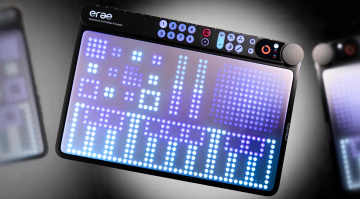

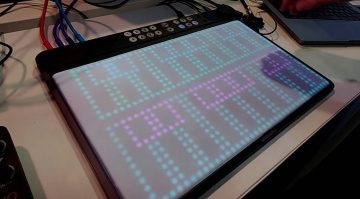
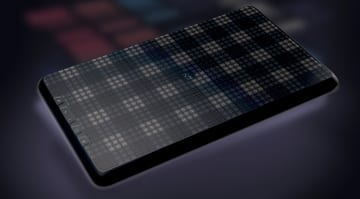
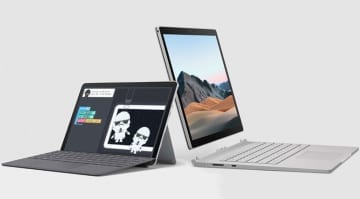
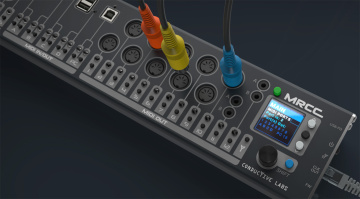
a thorough review of a trully tasty looking product. Bags of potential here.
Hopefully there’ll be fiware updates that make it smoother and easier to use.
Thanks for your feedback! 🙏🏻
Didn’t Yamaha try to reinvent the controller in a similar way with Tenori-on?
With what?
Exactly.